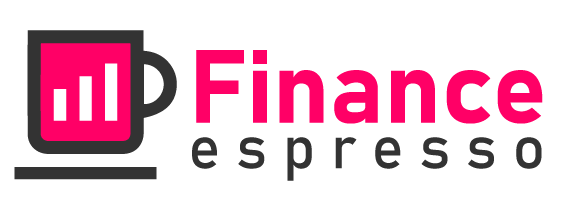Understanding the Basics of Home Loans: A Beginner’s Guide
Are you a first-time homebuyer unsure of where to start when it comes to taking out a home loan? Securing a home loan can seem daunting when you’re not familiar with the process or terms that financial institutions use. Fortunately, understanding the basics of home loans is simpler than it may seem.
Types of Home Loans
Before you apply for a home loan, you’ll need to be aware of the different types of home loans available. Each type is designed for a specific purpose and financial situation. Here are the most common types of home loans:
- Conventional Home Loan: A type of loan where the borrower makes a down payment to cover the cost of the home. This type of loan typically requires good credit and a low debt-to-income ratio.
- FHA Loan: A loan offered by the Federal Housing Administration that requires a lower down payment than a conventional loan. This loan is often used by first-time homebuyers.
- VA Loan:A loan that is offered by the Department of Veterans Affairs for eligible veterans and service members. This type of loan does not require a down payment.
- Adjustable-Rate Mortgage (ARM):A loan that has an interest rate that can fluctuate over time. ARMs usually offer lower interest rates than fixed-rate mortgages, but they can come with more risk.
- Fixed-Rate Mortgage: A loan that has an interest rate that will remain the same throughout the loan term. This type of loan is popular as it can provide borrowers with consistent monthly payments.
Applying for a Home Loan
Once you have an understanding of the different types of home loans, you can begin the process of applying for a loan. You’ll need to collect important documents that lenders may request to verify your financial situation. This may include tax returns, pay stubs, W-2 forms, bank account statements, and other proof of your income.
In addition to providing financial documents, lenders will typically look at your credit score and debt-to-income ratio. Having a good credit score (typically 700 or above) and a low debt-to-income ratio can help you secure a home loan with a lower interest rate.
Closing on a Home Loan
After all of your paperwork has been reviewed and approved, it’s time to close on your home loan. During this process, you’ll pay closing costs, sign the loan documents, and get the keys to your new home.
Before you sign the loan documents, be sure to read the entire agreement and ask any questions you have to ensure you understand everything. You may also want to consider hiring a lawyer to review the documents and help advise you on the terms of the loan.
Conclusion
Understanding the basics of home loans can help you feel more comfortable and confident when it comes to applying for a loan and buying a home. Be sure to take the time to understand the different types of home loans, prepare the appropriate documents, and fully read over the loan documents before signing.

